Understanding Alto Adige-Südtirol
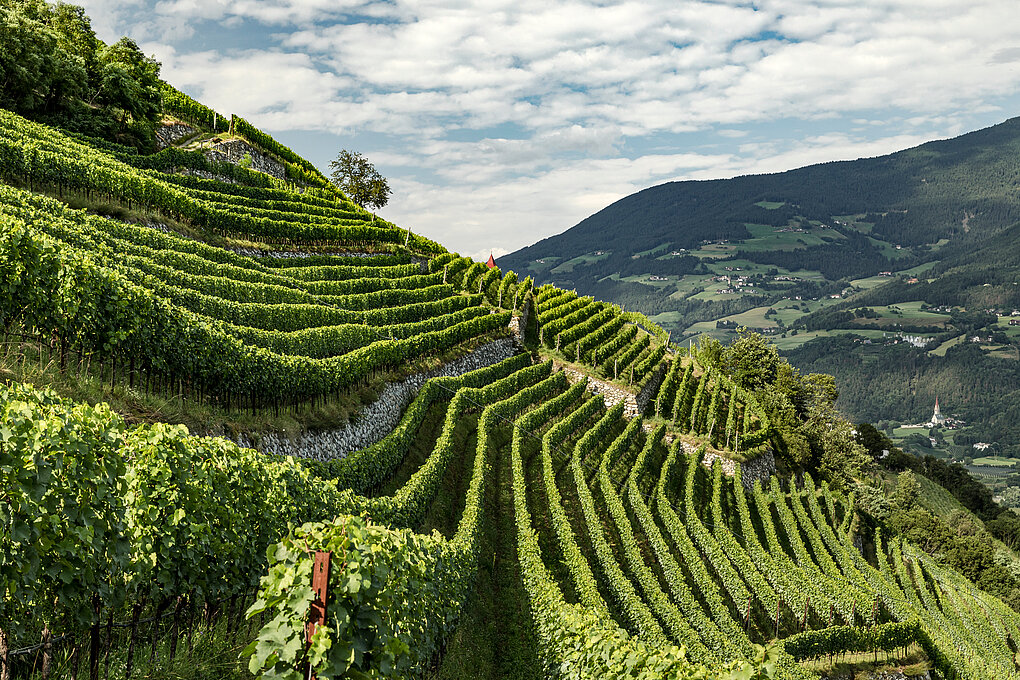
Trink Magazine | This primer offers insight into the surprising contrasts and dynamics at play in the wines of Alto Adige, this small, mountainous, and little known corner of northeast Italy.

Trink Magazine | This primer offers insight into the surprising contrasts and dynamics at play in the wines of Alto Adige, this small, mountainous, and little known corner of northeast Italy.
Ian D’Agata is a multi-award-winning author who has been speaking and writing about wine for 30 years. His Native Wine Grapes of Italy (2014) is considered the bible of Italian wine and was the Louis Roederer International Wine Awards Book of the Year in 2015. He also co-authors the Italy section in Hugh Johnson’s Pocket Book of Wine.

TRINK Magazine | Japanese Tonkatsu proves an ideal pairingwith 2018 Alto Adige's Kettmeir Pinot Bianco.
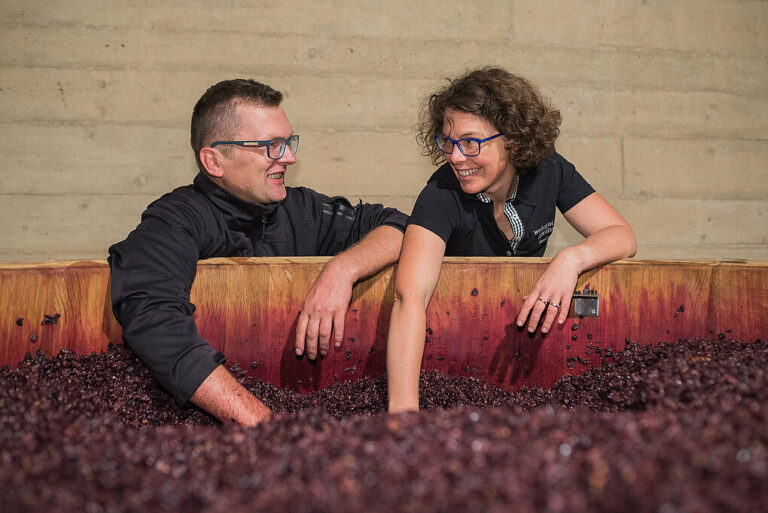
My first, late spring 2018 visit with Marlies and Martin Abraham in their cellar on the edge of Eppan-Appiano proved an inspirational personal discovery. A young couple leaves behind former professions to follow a vinicultural dream of activism in the vineyard and minimalism in the cellar, becoming the first to vinify and bottle wine from the vineyards they have inherited: In itself, that story is nowadays (thankfully) far from unusual. But in Südtirol-Alto Adige, it’s an audacious exception. Moreover, I was amazed by how distinctly delicious were Abrahams’ interpretations of each among the four grape varieties they chose to champion, especially considering…...
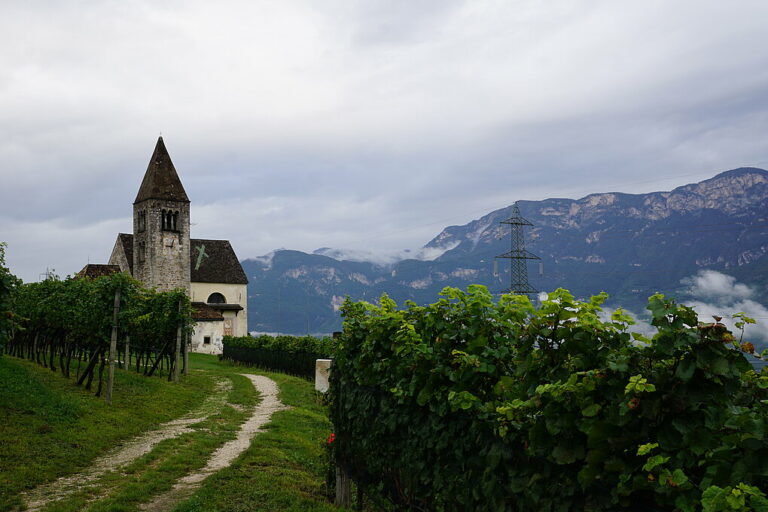
Südtirol-Alto Adige winegrowing has already exerted tremendous energy in re-inventing itself. But as has become ever clearer, that was only step one. The second is yet to come.
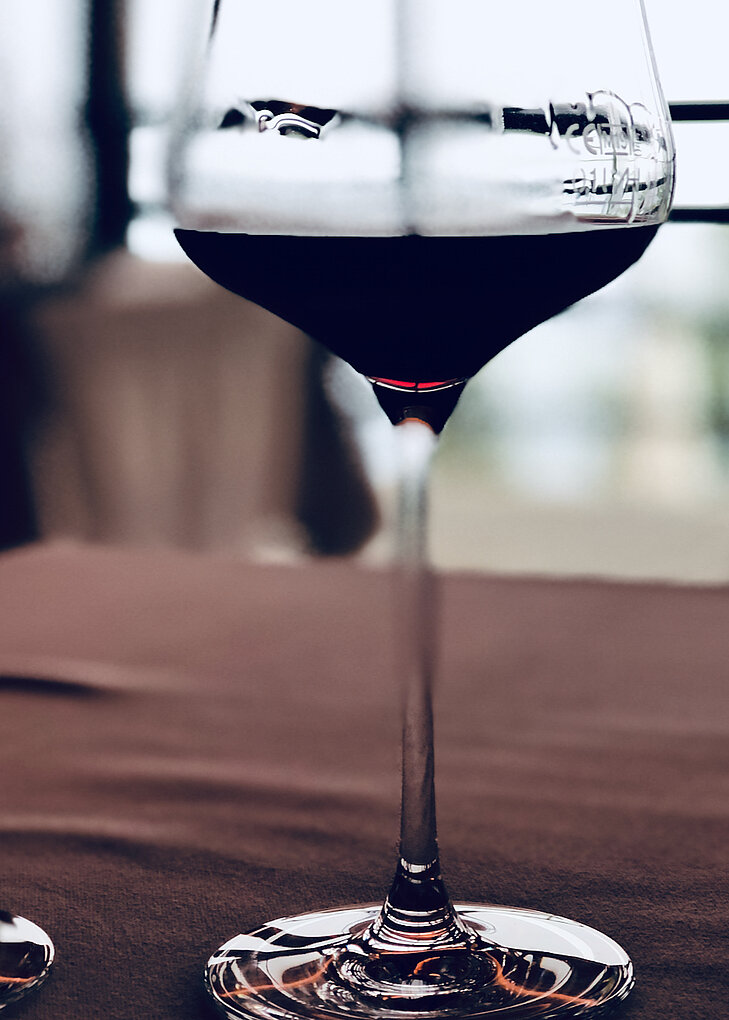
The wine stood on a high shelf, past tense very much called for, because moments after the waitress leapt for it — leapt, did not get a stool, did not ask for help, leapt because she once could — the bottle wobbled and began to fall. On earth, objects plummet at a pace of 9.8 meters per second squared, which means this bottle will reach the ground approximately two-thirds of a second after it begins its journey. But as any oenophile knows, wine makes a moment last — in this case, long enough to share exactly 15 things about this…...
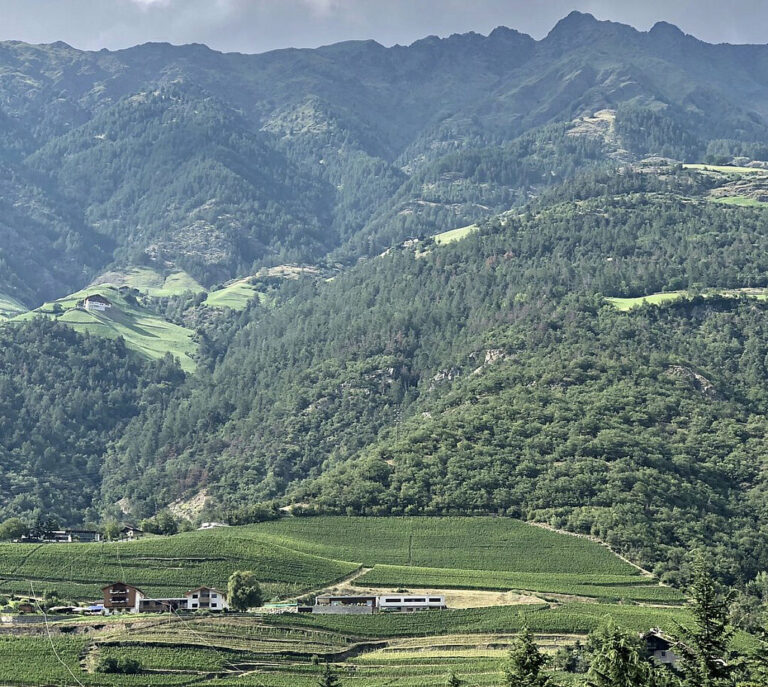
Trink Magazine | With forests, glaciers, and vineyards that soar above 1,300 elevation, the Vinschgau remains a bastion of true cool climate wines. By Valerie Kathawala
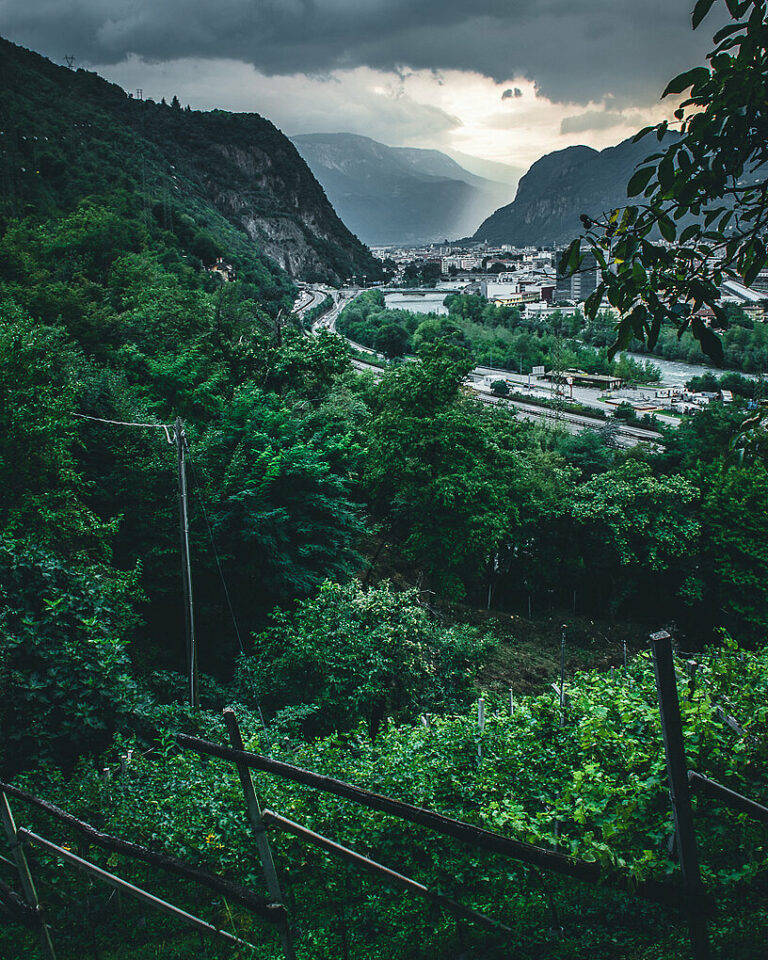
Pranzegg. In der Eben. Thomas Niedermayr. Garlider. Four names that will mean more or less to you depending on where and how you drink wine. Four small-scale organic and biodyanamic growers from four points on the compass of northern Italy’s Südtirol-Alto Adige (aka South Tyrol). Four individualists who, after years of being stuck in the corners at tastings and fairs — singled out as “crazies” for their cloudy cuvées, atypical varieties, and defiant styles — decided that being outsiders together would, at a minimum, be more fun. More off-piste than pissed-off, Freistil (“free style”) was born. South Tyrol’s trademark is mountainous diversity. A remarkable living…...
Enjoy unlimited access to TRINK! | Subscribe Today